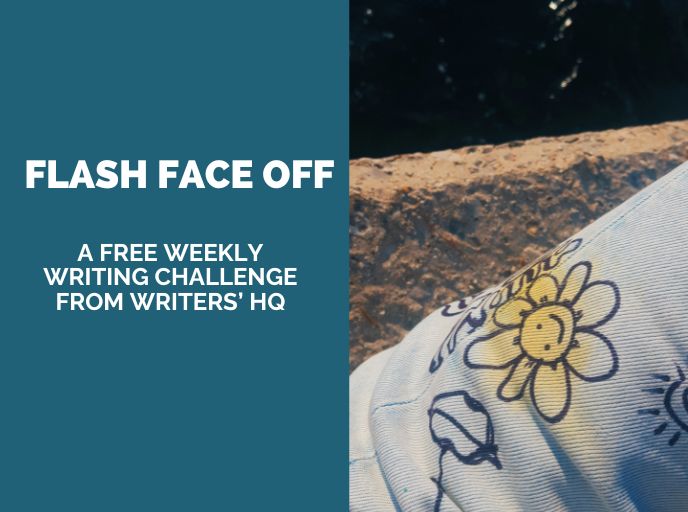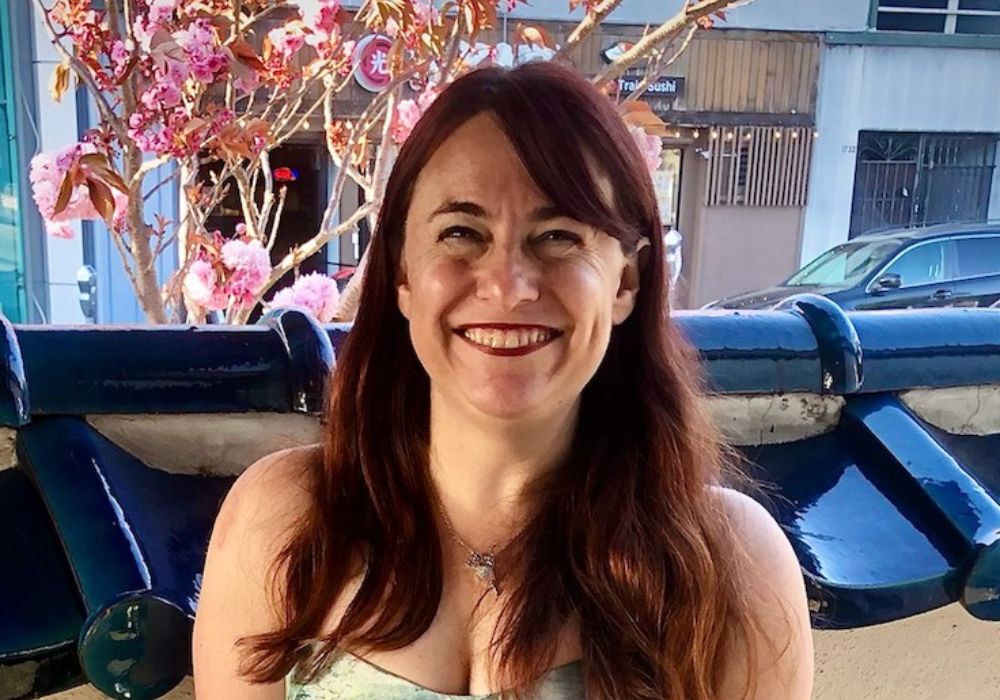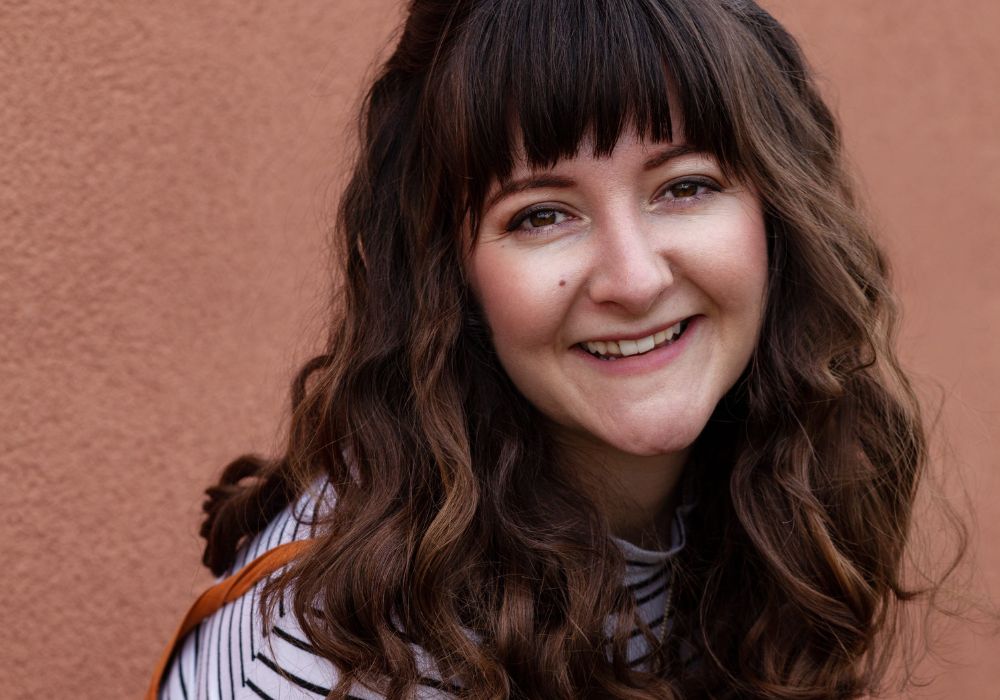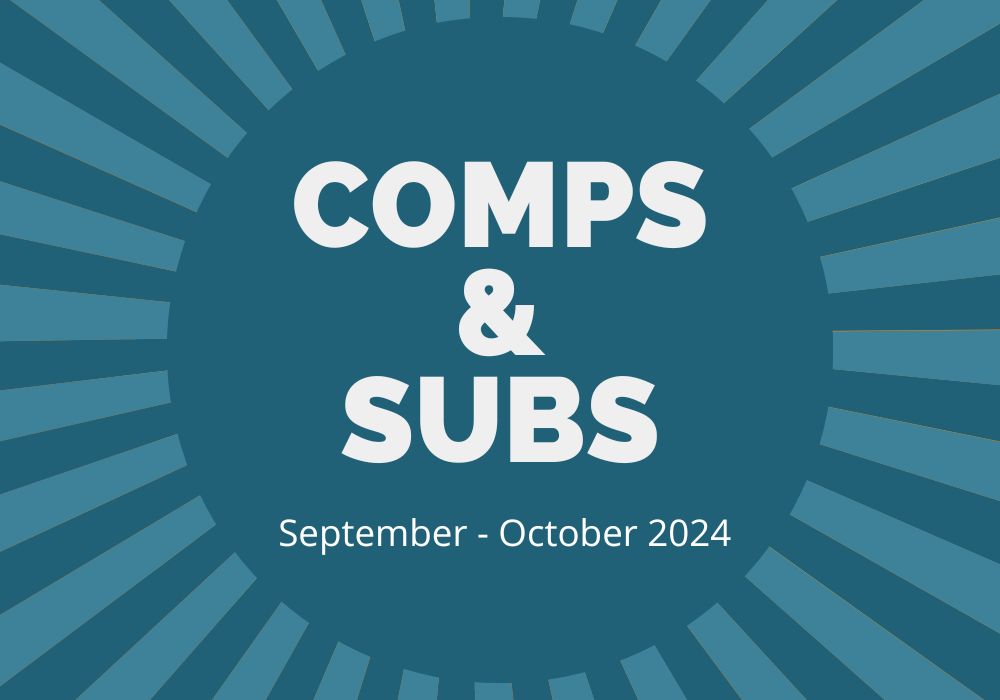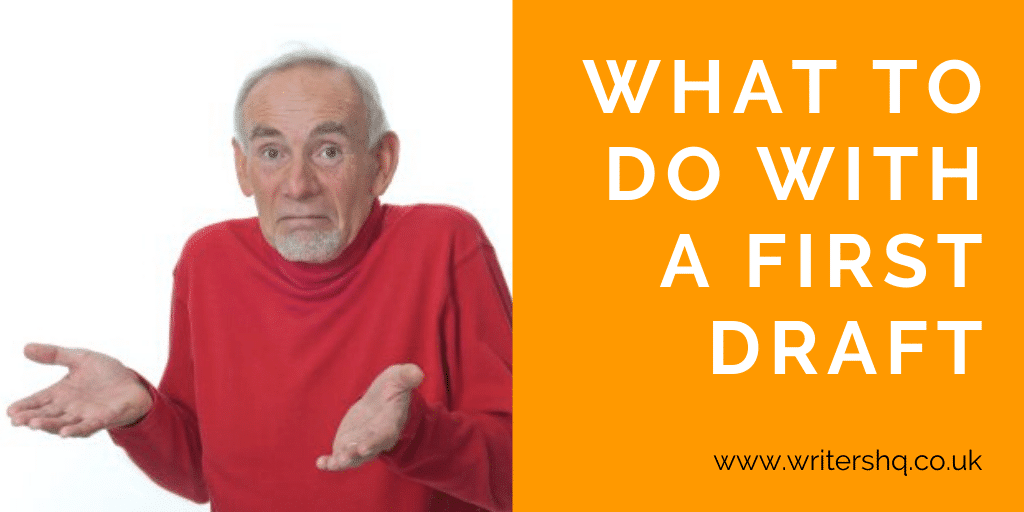
Whether you’ve just smashed NaNoWriMo in record time, or have been slogging out this novel for a decade, reaching the end of a first draft is a huge great MASSIVE flapping achievement.
So before you do anything else, if you’ve got to the end of a first draft the most important thing you need to do right now is congratulate the FUCK out of yourself for getting this far. We’re talking laughing maniacally and dancing round the room and swigging your favourite beverage like a mother-quaffing viking and yelling indecipherable vowels at the moon and high-fiving your cat and maybe crying in the foetal position for a while.
After that, come back and read this blog. Wait. No. Before you do that, go and read THIS blog, so you’re fully aware of the concept of zero drafts and go into this whole shebang with the right mindset. ‘Cause it’s all about the preparation…
Ok. You good? Right then. So what the melon-loving fuck do you do now?
THE FIRST RULE OF FIRST DRAFT CLUB IS NOT TO RE-READ THE FIRST DRAFT (YET)
This is the most important rule at this point.
No matter what shape your first/zero draft is in, the first thing you DON’T do is read it.
We repeat: DO NOT RE-READ YOUR DRAFT AT THIS POINT IN TIME.
(A little louder for those in the back: PUT THE DRAFT DOWN. STEP AWAY FROM THE DRAFT. LEAVE THE DRAFT WELL ALONE UNTIL YOU HAVE READ THE REST OF THIS BLOG.)
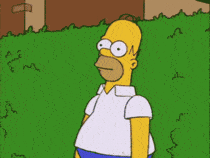
Right, now that you’re at a safe distance, here are a few things you CAN do after you’ve finished your draft:
SIT ON IT: In case you didn’t already get the message above, one of the most important things you can do after finishing a draft is to let it breathe, let it fester, percolate, ferment, and whatever else it does when you leave it alone for a while. Give it at least a couple of weeks before you start re-reading. RESIST THE URGE. Fresh eyes are much more useful for redrafting.
WRITE SOMETHING ELSE: Clear that story out of your head and work on something else. Doesn’t matter what. The next book, a poem, a short story, a script, random bits of flash fiction or freewriting. Just break out of that novelling mould for a bit. When you come back to it you eyes AND your writing fingers will be fresh and perky.
RESEARCH & DEVELOPMENT: Finally get around to all that research and reconnaissance you’ve been planning to do. Go visit some inspiring locations to level up your description powers. Sit on a bus and eavesdrop on dialogue or make character sketches of random passengers to add some realism to your fictional peeps. Look up the exact landmass of Tunisia and how to kill someone with a ping pong bag and all those little details you need to make the real bits even realer.
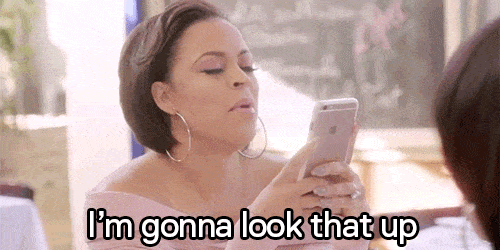
GIVE IT TO A BETA READER: Take a deep breath, pull up your pants, and ask for a second opinion. Getting feedback from a trusted and objective reader (ie: not your mother or partner or cat) can be the BEST way to tackle your first draft issues and work out what works and what doesn’t. Also, you have a whole bunch of friendly peers right here within the WHQ community, so why not post a call for beta readers on our writing forum?
READ SOME INSPIRING SHIT: Take a break from writing and READ, READ, READ. It doesn’t have to be anything to do with your novel’s genre or subject (in fact, it’s probably better if it’s totally different), but there ain’t nothing better for the literary soul than feeding it with beautiful words. You never know what’ll give you a brand new idea or inspiration to incorporate into your next draft…
GET SOME STRUCTURAL SUPPORT: This blog just happens to be stolen direct from our massively detailed First Draft course, which is full of step-by-step ideas, tips and tricks for creating a solid first attempt, but we also have a bunch of other useful stuff to help you get your head around what a first draft of novel should look like. Sometimes it helps to go riiiiight back to the beginning and re-plot your story (check out our Plotstormers course to use a handy 16 point plot planner that makes this process super simple). Or maybe you need some more targeted fixes for your first draft’s wobblier bits. Et voila, we have just the thing: Troubleshoot Your Novel. Bear in mind you don’t need to actually DO anything right now – but using this downtime for some logistical research can help to get your cogs turning for the next assault.
COMPARTMENTALISE YOUR NOTES: You’ve probably been making some sort of notes as you’ve been writing this draft – either in a separate document, in a Scrivener file, in a notebook, or – if you’re like me – random scraps of paper that you immediately turn into a shopping list or lose behind the sofa. Whatever form your notes take, give yourself some thinking, thunking and thonking time to go through them ALL, refining, adjusting, and expanding as you go. Before you start your NEW draft, it helps enormously to have a ‘Redrafting Masterplan’ to work from, and these notes will form the core of it.
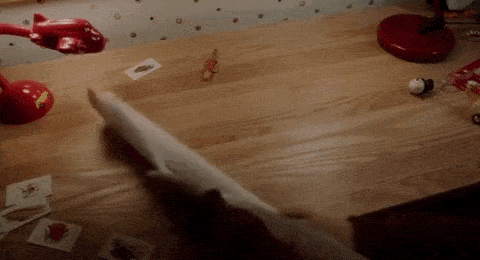
“But… what about actual writing and editing and practical shit?” we hear you cry. Well, we were just about to get to that, jeez. Keep your pants on.
THE SECOND RULE OF FIRST DRAFT CLUB IS GET SOME OBJECTIVITY IN YOUR BRAINHOLE
Lest you have forgotten the first golden rule already, it is still NOT time to re-read your manuscript.
Repeat: DO NOT READ YOUR FIRST DRAFT YET.
<squints suspiciously>
Okay, so the list above was all about productive non-writing-y type things you can do once you’ve finished your first draft. We were easing you in slowly, okay? Now we’re gonna get a lil’ more active and turn those noodling thoughts into actual scribblings.
Remember, we’re still just putting together a plan for the redrafting stage at this point – we’re not expecting you to dive straight into the editing process. ESPECIALLY since you’re not allowed to read your manuscript yet…
Mmkay, here’s what we got:
TELL YOUR STORY OUT LOUD: Grab a literary-loving friend, ply them with tea/biscuits/magic mushrooms and treat them to a start to finish summary of your story (including funny voices and acted out scenes). And if you have no willing friends, turn on your webcam/phone camera and video yourself telling the story. You’ll be working from memory (as you’re still not meant to be reading your draft, natch) but that’s okay. In fact, talking through your story using only your narrative brainpower can be an excellent way to solve problems you didn’t even know you had in realtime.
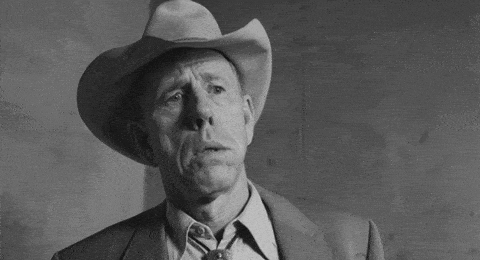
SUMMARISE THAT SUCKA: WITHOUT looking at your draft OR your notes, try writing out a summary for each chapter/scene you can remember, thinking about: 1) Who’s in it, 2) What are they trying to achieve? 3) Where’s the conflict? This is a good way of seeing which sections are cemented in your brain and which ones are a bit fuzzy. Chances are the wafty ones aren’t quite as strong… It’ll also give you an idea of whether your basic structure is working by looking at things from a bird’s eye view.
FILL IN THE GAPS: Wanna do some actual writing? You know those scenes and sections you skimmed over earlier in your draft because you didn’t know exactly what was gonna happen but you kinda knew something had to happen? Well now, with a more or less finished draft under your belt it might be good time to revisit them with the benefit of hindsight and see if you can fill in those missing pieces and bridge those gaps. Maybe you’ve just realised you need an extra introduction scene at the beginning, or your ending needs to be stretched out a bit. Jump back in and get ’em done, before you start redrafting.
WRITE SOME BACKSTORY: Focusing on backstory is a great intermediary activity to tide you over from one draft to the next. Take each main character (or ones that particularly need some extra work) and give them some history. Plonk them into random situations and see how they behave. Re-write certain scenes from their POV to see how it looks. Now, although this still counts as writing, you may not end up using all (or any) of these words in your actual novel. The purpose of focusing on backstory is to give you a richer, fuller perspective on your characters and the world of your story. A simple biography paragraph might spark off some important new ideas for a character, or highlight a plot issue.
REWRITE YOUR OUTLINE: Writing and editing a novel means CONTINUALLY reshuffling and reorganising your plot. And it’s a good habit to get into early, especially when you’re in between drafts. So before you embark on the editing process, you’d better make sure your plot outline is solid, watertight, lean and mean. It’s also really refreshing to look at the bulk of your story from a simplified, reductive angle – it helps to spot the weaker parts and refocus on the important bits.
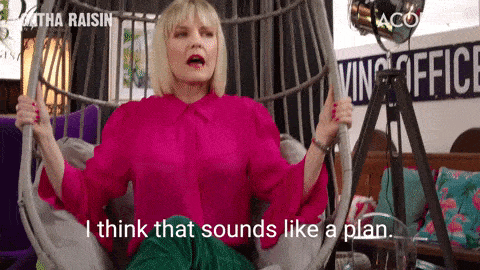
CREATE AN EDITING MASTERPLAN: Take your rewritten outline, all those notes, all those brainstorms, all those lists, all that beta feedback, every scrap of every thought you’ve ever had about what you need to do to your first draft and start putting together a Redrafting Masterplan. Make a list of priorities starting with the big stuff (eg: the ending makes no logical sense) and funnelling down to the small stuff (eg: your comma use is out of control). Then put THAT aside just like you did with your manuscript and take a frickin’ break because YOU are a bookish beast and you have done a shit tonne of work. Time for a tea break.
PREPARE TO EDIT AND REDRAFT YOUR SOCKS OFF: At some point – after you’ve left your first draft well alone for the requisite period of downtime – you’re actually gonna have to get down to business and redraft this mother. Deep breaths. You can do this. But if you’re in need of some extra hand holding while you tackle the next steps – you guessed it – we’ve got a course for that. It’s called Plotstormers II: The Editing Strikes Back and it contains everything you need to deconstruct your story, put an Editing Masterplan together, and transform your first draft into a perfected, polished, finished novel… Just imagine that…
That’s all, my pretties.
Now go.
Go forth and redraft.
Rewrite.
Edit.
Make it amazing.
Good luck!


